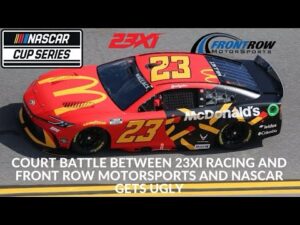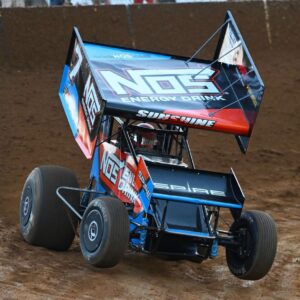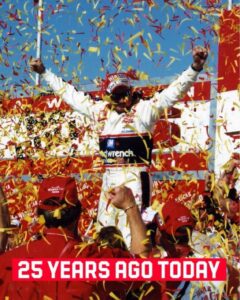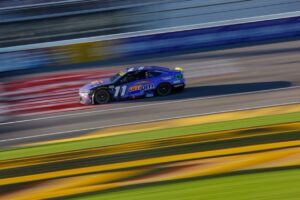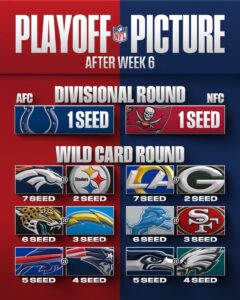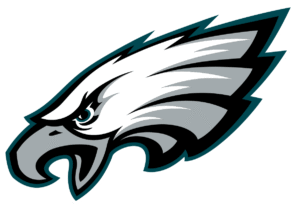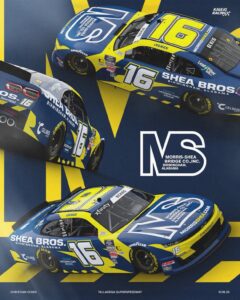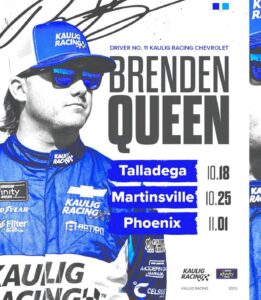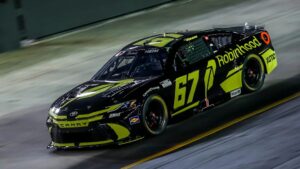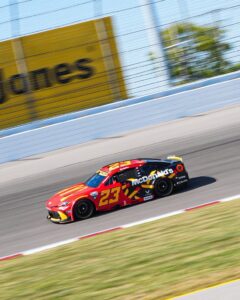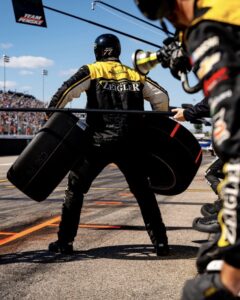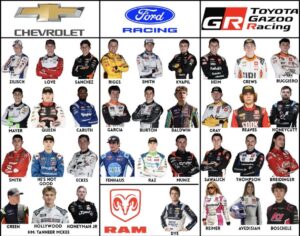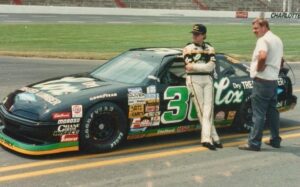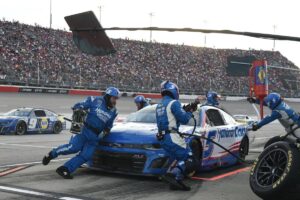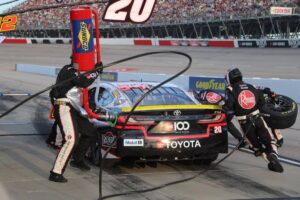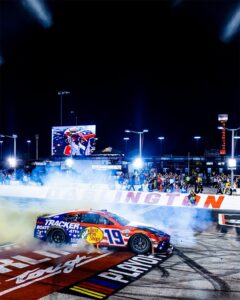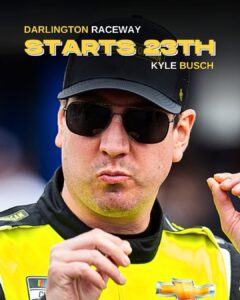If you’ve followed NASCAR long enough, you’ve probably noticed that three-digit car numbers don’t appear on the track in the Cup, Xfinity, or Craftsman Truck Series. Unlike short-track racing, where triple-digit numbers are common, NASCAR’s national touring series limit car numbers to one or two digits. However, behind the scenes, three-digit numbers do exist—for owner points purposes.

Why Doesn’t NASCAR Allow Three-Digit Car Numbers?
The reason is primarily for visibility and branding. NASCAR’s traditional single- and double-digit numbering system makes it easier for fans, officials, and broadcasters to quickly identify cars on the track. Imagine the confusion if a No. 2 and a No. 22 looked similar at high speeds, or if a No. 7 and a No. 77 were harder to differentiate because of a No. 777 on the track.
NASCAR’s rulebook dictates that teams must choose a number between 0 and 99 (with the rare exception of 00, which is allowed). These numbers are assigned by NASCAR and belong to the sanctioning body, not the teams themselves. Teams lease their car numbers annually, meaning NASCAR ultimately controls which teams get which numbers.
When Do Three-Digit Numbers Come Into Play?
While they aren’t seen on the track, three-digit numbers appear in owner points standings when multiple teams are assigned the same number. This situation typically occurs in the Xfinity or Truck Series, where multiple teams may lease the same number across different ownership groups.
To distinguish between these teams in the owner standings, NASCAR assigns three-digit versions of the number. The most common practice is placing a “1” in front of the second team’s number. For example:
• If two teams run the No. 21, one team will retain “21” in the owner standings, while the other will be listed as “121.”
• If a third team also runs the No. 21, NASCAR may assign “221” to that team.
This system ensures that each team accumulates owner points separately while still maintaining their respective race-day identities.
Notable Examples
This practice has been used for years, but it’s rarely noticed by fans unless they dig into the official owner standings. One of the most famous instances involved the No. 6 in the Xfinity Series. For a time, Roush Fenway Racing fielded a No. 6 car, but another team also used the number. In the official standings, one team appeared as “6,” while the other became “106.”
Similarly, in the Truck Series, the No. 20 has been used by multiple teams in the past, leading to instances where “120” appeared in the owner points standings.

While you’ll never see a three-digit car on the track in NASCAR’s top series, these hidden numbers play a crucial role in owner points calculations. It’s a small but significant detail that keeps NASCAR’s competitive structure in order, ensuring each team’s points are properly recorded—even if their number isn’t unique on paper.





